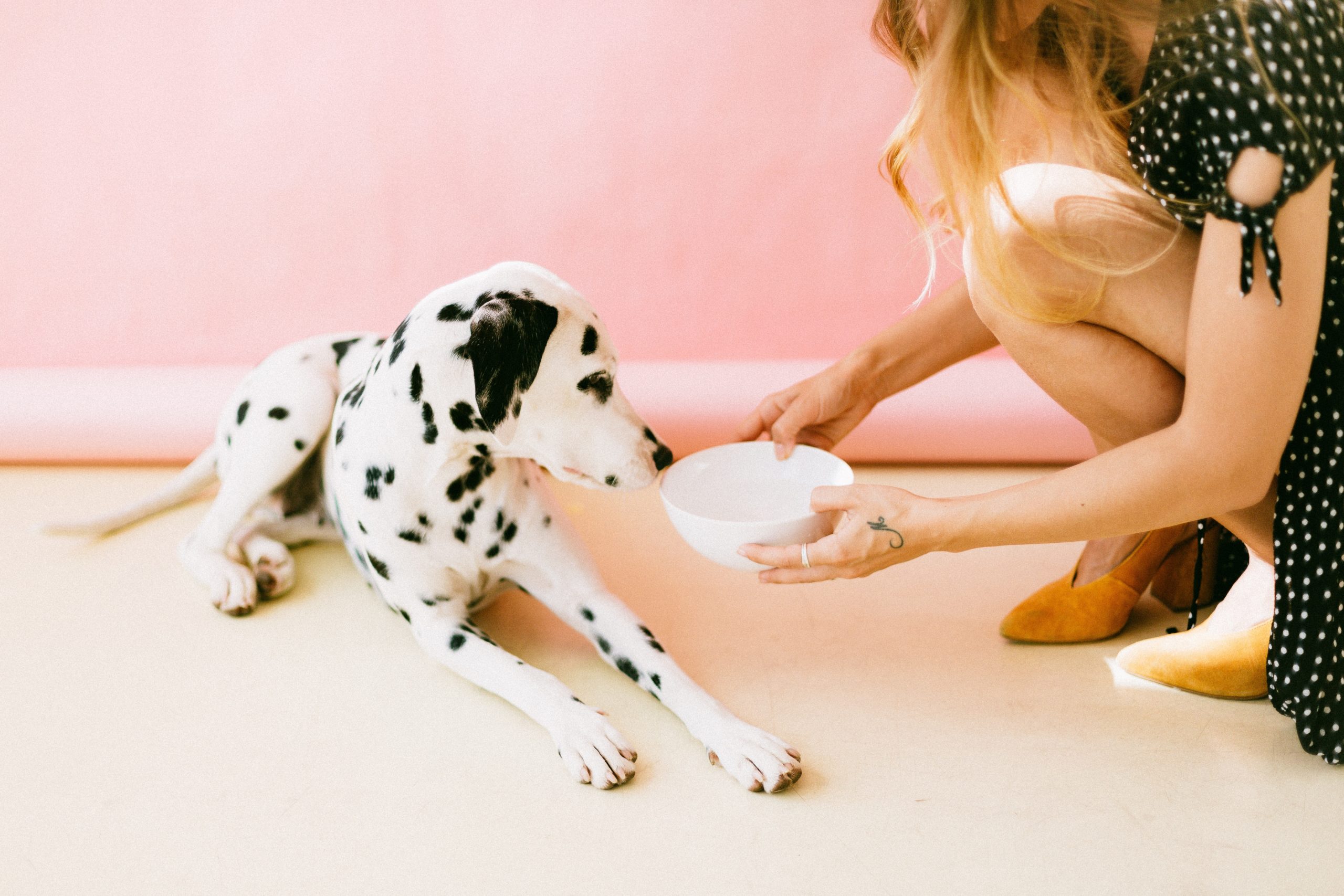Gastric Dilatation-Volvulus
by: Laura Switkowski, Veterinary Adjunct Faculty
What is Gastric Dilatation-Volvulus?
Gastric Dilatation-Volvulus, otherwise known as GDV, is a condition that can happen in dogs that is life threatening. This condition occurs when the dogs stomach twists over upon itself, leading to the stomach to become overstretched and rotated by excessive gas. When the entry and exit of the stomach twists, this leads for gas to be entrapped into the stomach with nowhere to escape. Because of this, the stomach fills with gas and continues to expand. The increased pressure inside of the stomach as well as the large size the stomach grows to can have many effects on the body. It can lead to inadequate blood flow to the heart from the abdomen, loss of blood flow to the stomach, which creates dead tissue, the stomach wall can rupture to due excess pressure, and it can create pressure on the diaphragm, which leads to inadequate blood supply to the lungs, leading to decreased breathing and oxygen. This can lead the pet to be in shock.
What are the Treatment Options?
Treatment for this condition is to diagnose quickly by taking a radiograph of the abdomen. In the X-ray, you will be able to see the stomach large and filled with air. Gas would then need to be decompressed from the stomach. This is performed by passing a stomach tube to release the excess gas. This is not always successful and in that case, emergency surgery is then needed for the surgeon to untwist the stomach and release gas. If there is any necrotic of dead tissue, this will need to be removed. Once the stomach is untwisted, the surgeon will then perform a gastropexy. A gastropexy is when the stomach is sutured down into place to prevent the stomach from twisting again in the future.
Once surgery is successful, the pet is not out of the woods just yet. Toxins may be release locally when the stomach is deflated. These toxins may circulate through the rest of the body and cause abnormal heart beats known as VPC’s. Also, the lining of the gastrointestinal tract is still at risk for cell death. Aftercare of surgery required hospitalization and fluids for a few days as well as monitoring for heart arrhythmias. Exercise is restricted for two to three weeks for the incision to heal. GDV has a fifteen percent mortality rate. It is important to know the early warning signs and the steps to take to preserve life.
What Breeds are Predisposed to this Condition?
It is very important to emphasize the urgency of this condition. Pets can deteriorate or die within a short amount of time if this is not corrected. Signs that someone may see at home of this condition is the pet is very uncomfortable and not able to settle, the pet may act as though they are trying to vomit, and the left side of the stomach will be enlarged. There are certain breeds that are more predisposed to this than others. Those breeds include Labrador Retrievers, Great Danes, St. Bernard’s, and any other large and deep chested breed, although any breed may be affected. Gastropexy’s can be performed preventatively in these more common breeds in order to reduce the chances of this condition.
How Can This Be Prevented?
There are a few things that can be done to possibly prevent this condition. An important factor is to make sure that a pet does not exercise two hours after a meal. The walls of the stomach are not adhered to anything in a dog. Therefore, when the stomach is full of food and the pet runs or exercises, there is a greater risk for the stomach to twist. Feeding them smaller meals, three times a day, may help so they do not have as much food in their stomach at once. Lastly, some studies have suggested elevating the pet’s food and water dish off of the floor to reduce this condition.














